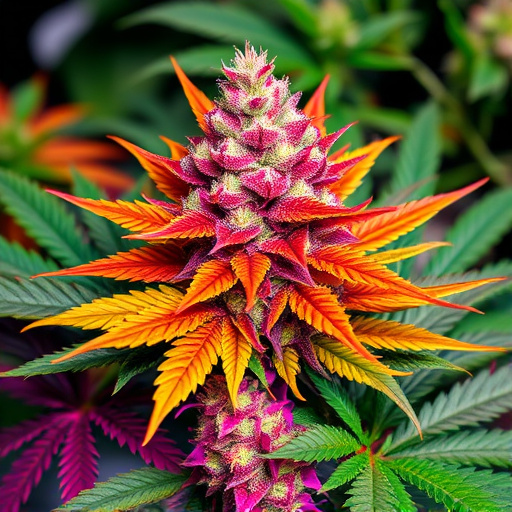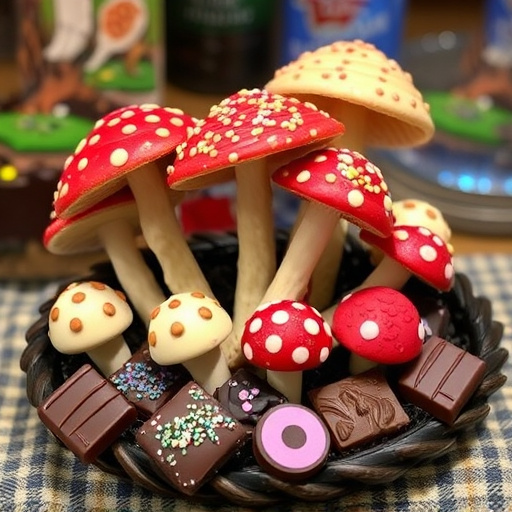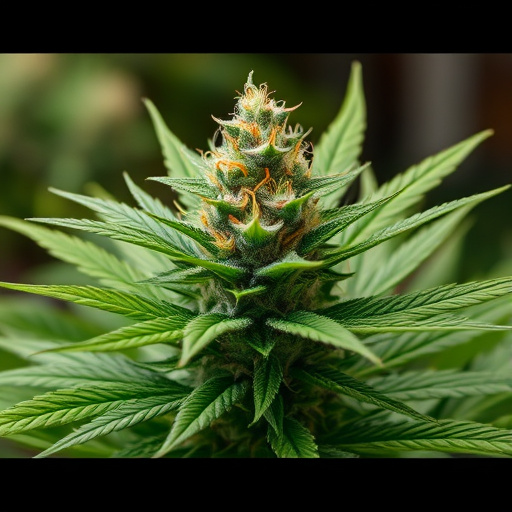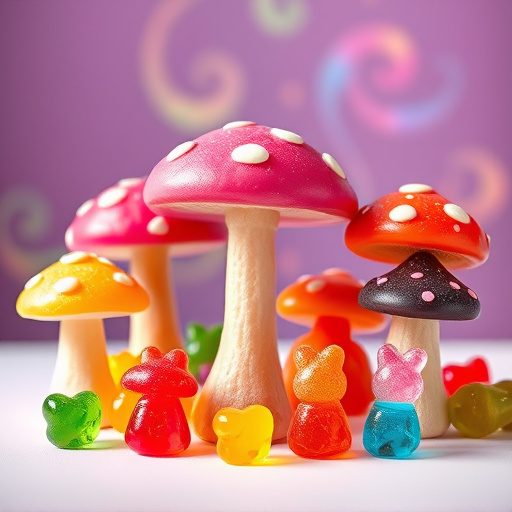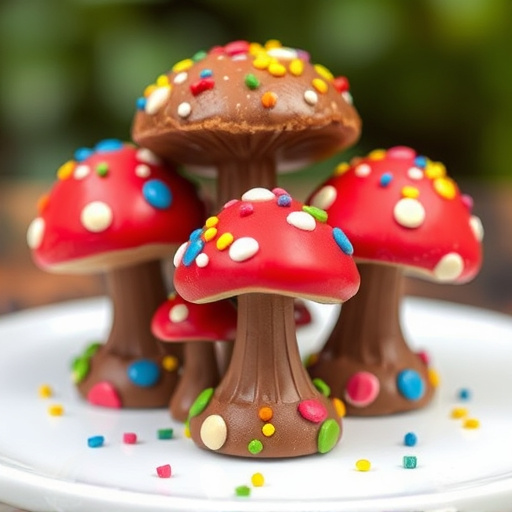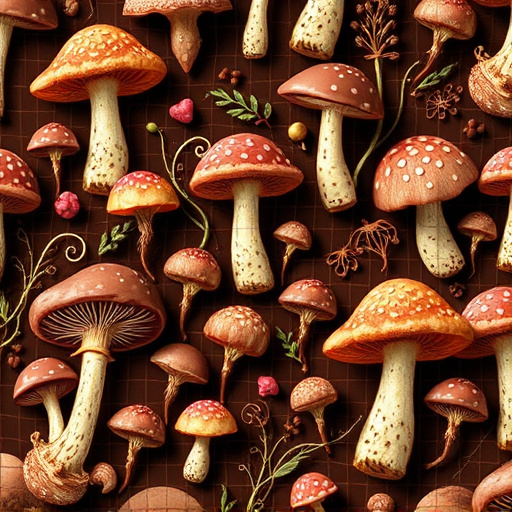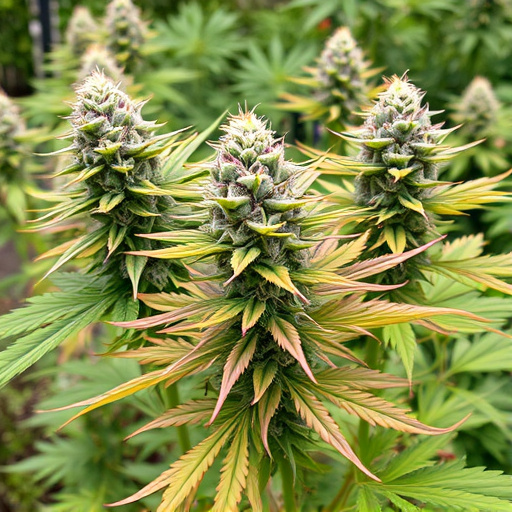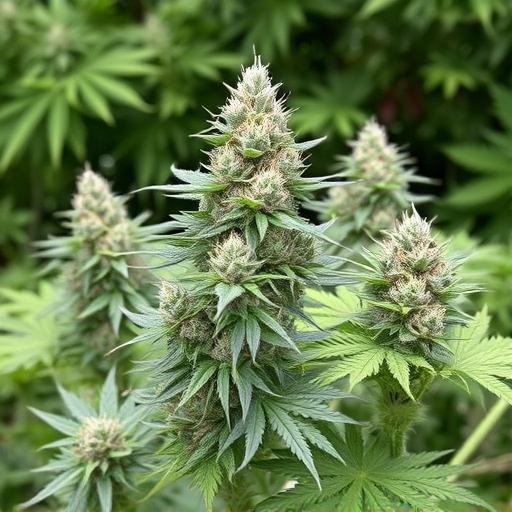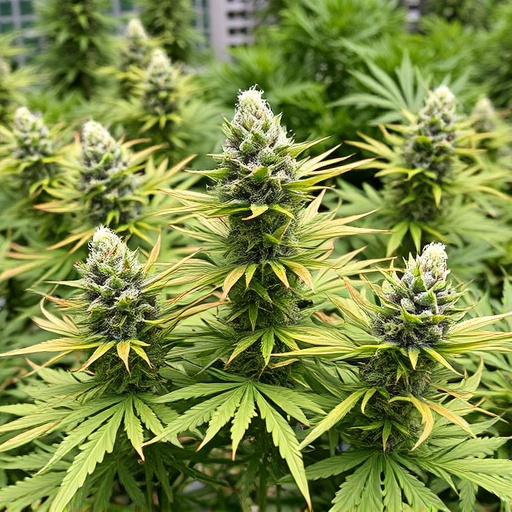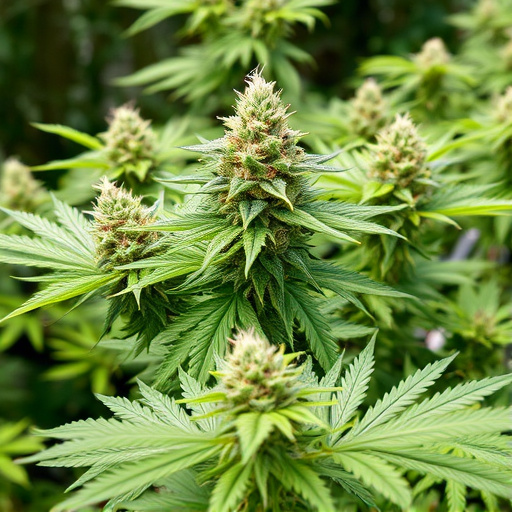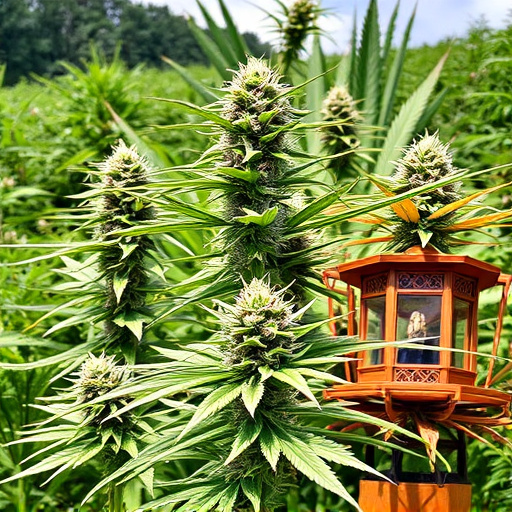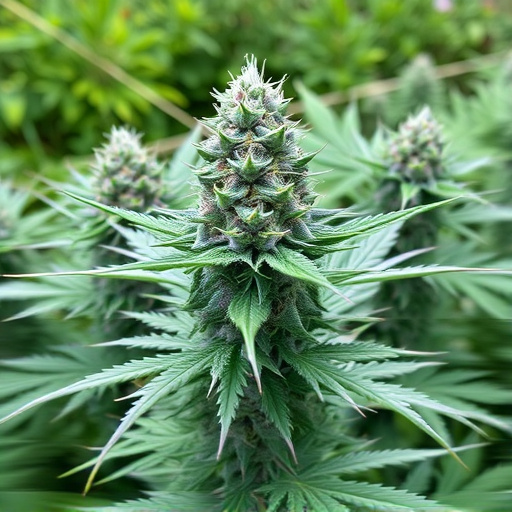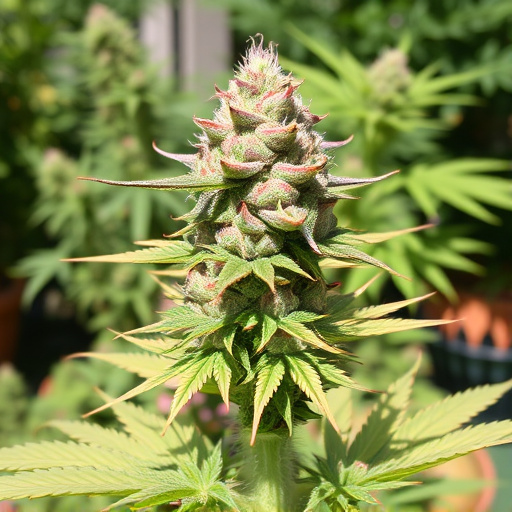Identifying poor quality in outdoor cannabis strains is crucial for safety and enjoyment. Visual cues like mold, withered leaves, and dry stems signal problems. Discoloration such as brown spots or moldy trichomes indicates spoilage. A change in the distinctive aroma can also signal contamination. Regular inspections and proper storage conditions are essential to preserve quality and potency of outdoor cannabis strains.
Tired of opening your outdoor cannabis strains only to find them discolored, dry, or emitting an off-putty aroma? This guide is your compass. We’ll walk you through the art of spotting a bad batch and share expert tips on proper storage methods to keep your flowers fresh. By understanding visual cues, olfactive signals, and physical changes, you’ll ensure every hit is as potent and enjoyable as the first.
- Visual and Olfactive Cues: Spotting Signs of Spoilage
- – Discoloration: Brown spots, mold, or discolored trichomes.
- – Aroma: Changes in scent, off-odors, or a strong, unpleasant smell.
Visual and Olfactive Cues: Spotting Signs of Spoilage

When it comes to outdoor cannabis strains, understanding how to identify a bad flower is essential for ensuring quality and safety. Visual cues are often the first indicators that something is amiss. Look for any signs of mold or mildew, which can appear as discolored spots or a fuzzy texture on the buds. Withering leaves, dry or brittle stems, and reduced overall size are also visual red flags.
Aging cannabis flowers may lose their vibrant hues, becoming duller and less appealing. The scent is another powerful tool for quality control. Fresh cannabis has a sweet, earthy aroma with subtle nuances that vary by strain. As it ages, the scent can become pungent, sour, or even unpleasant. Skunk-like odors, especially when combined with a changed appearance, are strong indicators that your outdoor cannabis strains have gone bad.
– Discoloration: Brown spots, mold, or discolored trichomes.
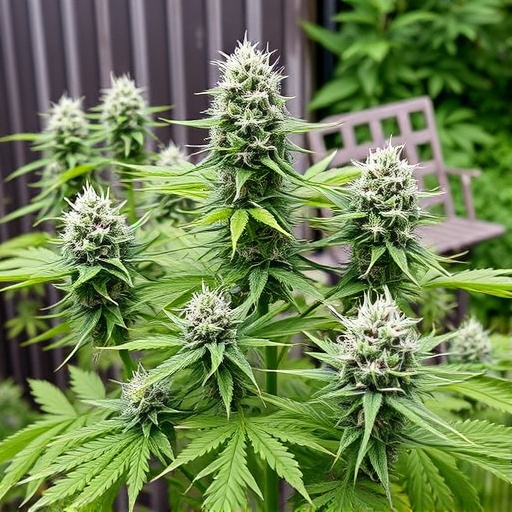
One of the most visible indicators that your outdoor cannabis strains have gone bad is discoloration. Keep an eye out for any brown spots, mold, or changes in the color of the trichomes. Trichomes, those tiny hair-like structures on the surface of the flowers, should be clear or milky when healthy. If they turn brown or develop a fuzzy, moldy appearance, it’s a strong sign that the cannabis has deteriorated and may no longer be suitable for consumption.
Regularly inspect your outdoor plants to catch any signs of discoloration early. Ensuring your cannabis remains vibrant and free from mold is crucial for maintaining its quality and potency, especially when you’ve invested time and effort into growing those outdoor strains.
– Aroma: Changes in scent, off-odors, or a strong, unpleasant smell.

One of the first signs that your outdoor cannabis strains may have gone bad is a noticeable change in aroma. Cannabis flowers known for their distinct and pleasant scents can quickly develop off-odors or an unpleasant, pungent smell if not properly stored. This can indicate the presence of mold, mildew, or other contaminants that impact both taste and potency.
A strong, unpleasant odor, especially if it’s musty, earthy, or moldy, is a clear sign that your cannabis has degraded. Regularly inspect your flowers to ensure they maintain their fresh scent. If you notice any changes, consider the storage conditions and take steps to prevent further deterioration, such as using airtight containers and storing them in a cool, dark place to preserve both quality and aroma.
When cultivating outdoor cannabis strains, knowing how to identify spoilage is crucial for ensuring only the highest quality product reaches your customers. By carefully examining visual cues like discoloration and mold, as well as paying close attention to any changes in aroma, you can easily spot signs of spoilage. Regularly checking your cannabis flowers allows you to prevent the spread of contamination and maintain a consistent, top-tier offering.

